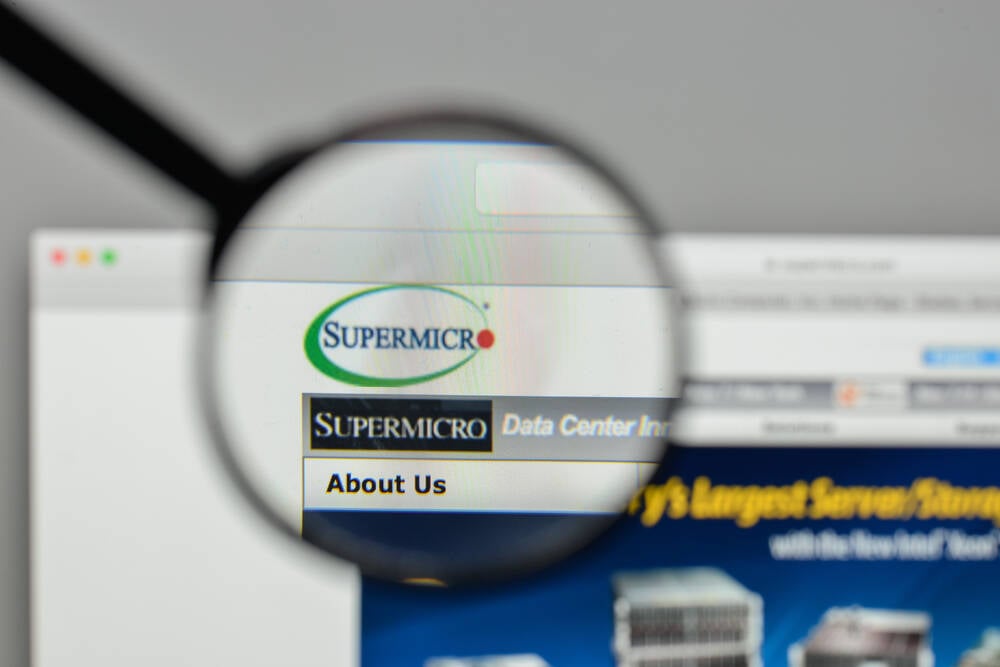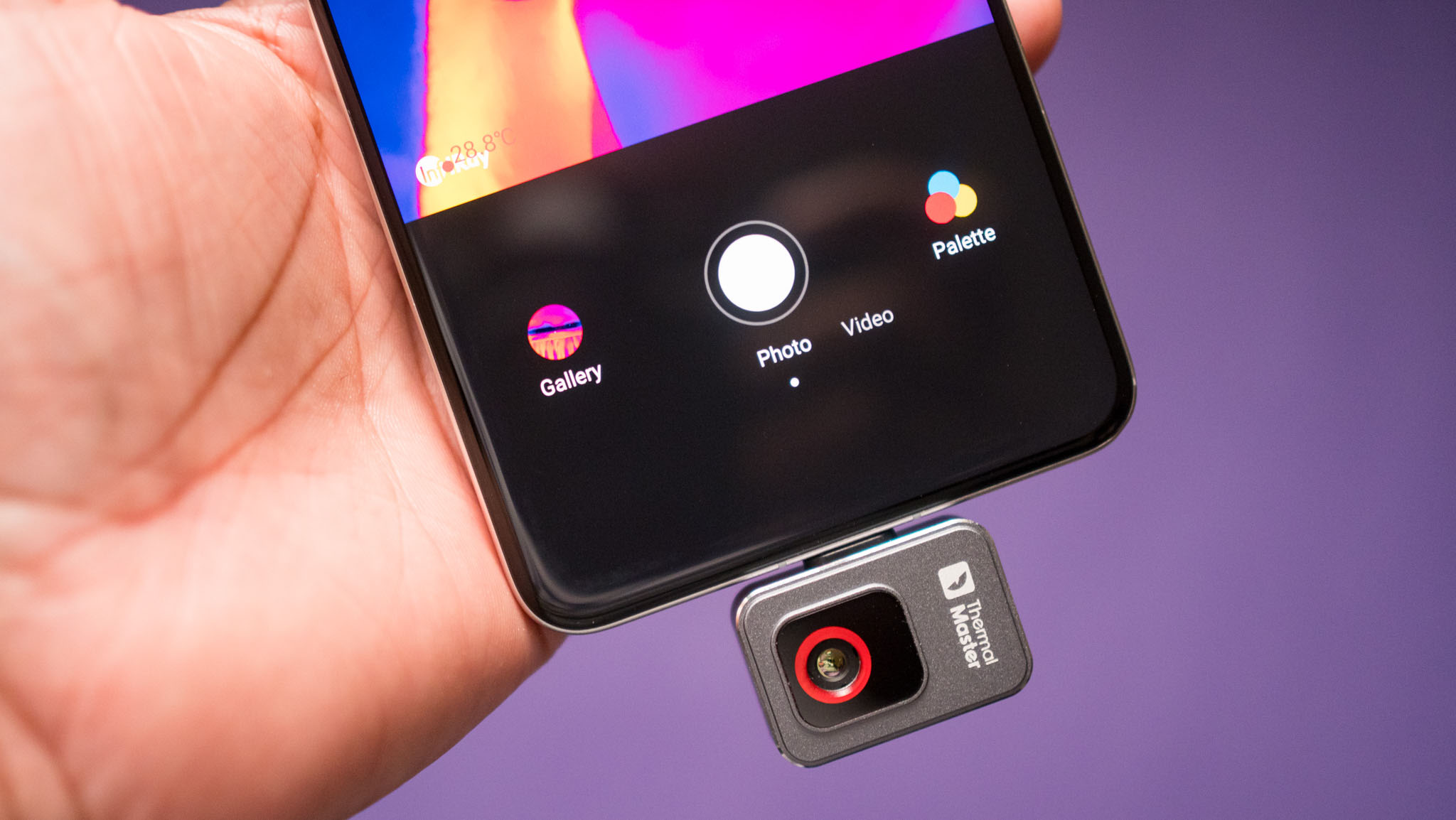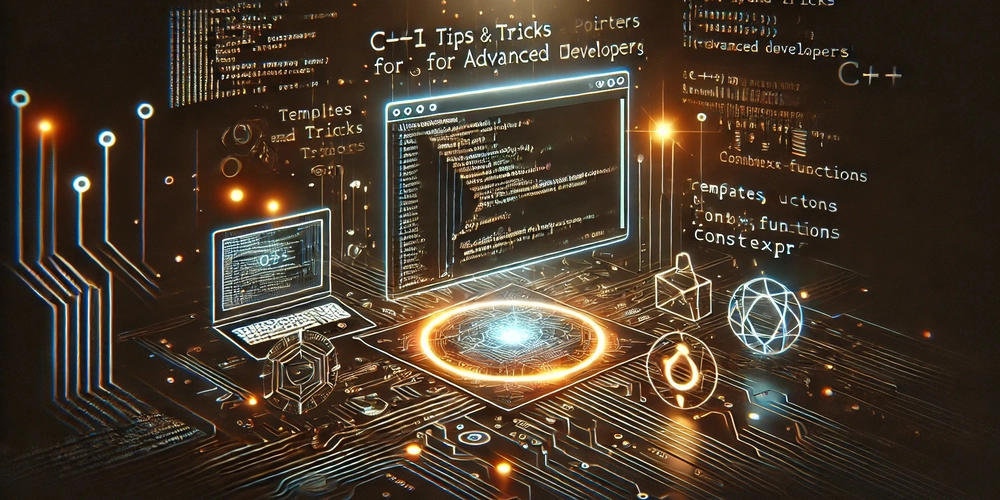Cybersecurity in Mergers and Acquisitions – CISO Focus
Cybersecurity in mergers and acquisitions is crucial, as M&A activities represent key inflection points for organizations, offering growth opportunities while introducing significant security challenges. In today’s threat landscape, cybersecurity has become a decisive factor in M&A success, with studies showing that over 40% of deals face serious cybersecurity issues post-acquisition. The valuation impact can be […] The post Cybersecurity in Mergers and Acquisitions – CISO Focus appeared first on Cyber Security News.

Cybersecurity in mergers and acquisitions is crucial, as M&A activities represent key inflection points for organizations, offering growth opportunities while introducing significant security challenges.
In today’s threat landscape, cybersecurity has become a decisive factor in M&A success, with studies showing that over 40% of deals face serious cybersecurity issues post-acquisition.
The valuation impact can be substantial-as evidenced by Verizon slashing Yahoo’s purchase price by $350 million following the disclosure of major data breaches.
For Chief Information Security Officers (CISOs), M&A transactions demand a delicate balance of due diligence, risk management, and strategic alignment.
The stakes are particularly high as security vulnerabilities inherited through acquisition can lead to regulatory penalties, data breaches, reputational damage, and unforeseen integration costs that erode the anticipated value of the deal.
The Strategic CISO: Leading Through M&A Complexity
The modern CISO must move beyond traditional security oversight to become an integral strategic partner in the M&A process. This evolution requires involvement from the earliest stages of deal consideration-not after terms have been finalized.
Effective CISOs establish themselves as trusted advisors to the board and executive team, translating complex technical vulnerabilities into business risks that influence valuation and deal terms.
The most successful security leaders adopt what experts call “moving left and right” in the M&A process: “left” by engaging earlier in the deal cycle during target identification and valuation, and “right” by extending their focus beyond deal closure into comprehensive integration planning.
Pre-briefing key stakeholders before formal board meetings creates opportunities to influence decisions before they’re formalized.
By demonstrating leadership and strategic thinking, CISOs can help ensure that cybersecurity considerations are woven throughout the M&A lifecycle rather than treated as a technical compliance checkbox.
This approach requires developing business literacy and change management skills that facilitate communication between security, business development, and integration teams operating under intense time pressure.
Five Critical Cybersecurity Focus Areas During M&A
The complexity of M&A requires CISOs to prioritize their efforts across several key dimensions:
- Comprehensive Due Diligence: Conduct thorough cybersecurity assessments using frameworks like NIST or ISO 27001 to evaluate the target organization’s security posture. This assessment should move beyond process checks (“Does the company have a CISO?”) to outcome-focused evaluation (“Can the company demonstrate effective incident detection and response?”). Documentation review should include security policies, incident response plans, audit reports, and evidence of security testing.
- Governance and Compliance Alignment: Analyze regulatory obligations across different jurisdictions and industry-specific requirements that may affect the combined entity. This includes reviewing GDPR compliance in Europe, HIPAA for healthcare, or sector-specific regulations for critical infrastructure. The frameworks and standards each organization follows-particularly certifications like ISO/IEC 27001-significantly impact integration planning and can either accelerate or complicate harmonization efforts.
- Cultural and Operational Integration: Security cultures often differ dramatically between organizations, creating friction during integration. CISOs must develop strategies to bridge these differences while maintaining security effectiveness. This might involve creating cross-functional working groups, developing unified security awareness programs, and establishing clear governance structures that respect both organizations’ security maturity levels.
- Technology Infrastructure Assessment: Evaluate the technical debt, architecture compatibility, and security tool overlap between organizations. Cloud migrations, legacy systems, and custom applications all present unique integration challenges. CISOs should identify critical Day One processes that must function immediately post-close versus those that can be integrated over time.
- Third-Party Ecosystem Management: Assess the expanded vendor landscape and associated risk profile that comes with acquisition. This includes evaluating supply chain dependencies, service provider contracts, and cloud service commitments that may impact security operations. The combined entity’s expanded attack surface typically introduces new vulnerabilities that require prioritized remediation.
Acquiring organizations often underestimate the resources required for successful security integration. CISOs must advocate for realistic timelines and budget allocations based on the complexity of the security challenges identified.
Building a Resilient Cybersecurity Framework Post-Acquisition
The true test of M&A cybersecurity effectiveness comes during the integration phase, which typically extends 12-24 months beyond deal closure. During this critical period, CISOs must balance immediate tactical needs with strategic security architecture development.
The fundamental challenge lies in harmonizing divergent security approaches while maintaining operational continuity for both businesses.
This process involves standardizing policies, reconciling conflicting security controls, and establishing consistent governance mechanisms across the expanded organization.
The integration roadmap should prioritize high-risk areas while acknowledging that some systems may require parallel operation during transition periods.
Communication becomes paramount during integration, as security changes affect workflows across both organizations. Effective CISOs recognize that change management skills are as crucial as technical expertise when implementing new security practices.
This includes creating compelling narratives around security changes, identifying and addressing resistance early, and developing champions throughout the organization who can advocate for security improvements.
Most importantly, security leaders must regularly reassess integration progress against planned milestones, adjusting strategies as new information emerges about the combined security environment.
- Documentation and Knowledge Transfer: Create comprehensive documentation of the integrated security architecture, with clear policies, procedures, and incident response plans that reflect the new organizational reality. Conduct tabletop exercises to validate these procedures across the combined security teams.
- Continuous Improvement Framework: Implement a systematic approach to measuring security maturity across the integrated organization, with defined metrics and regular assessments. Use these insights to develop a long-term security roadmap that addresses gaps and leverages best practices from both organizations.
The post-acquisition phase offers a unique opportunity for security transformation that might otherwise face organizational resistance.
Forward-thinking CISOs leverage this disruption to implement modern security architectures, consolidate redundant tools, and establish more robust governance models that serve the combined entity’s strategic objectives.
Find this News Interesting! Follow us on Google News, LinkedIn, & X to Get Instant Updates!
The post Cybersecurity in Mergers and Acquisitions – CISO Focus appeared first on Cyber Security News.









































































![Apple Restructures Global Affairs and Apple Music Teams [Report]](https://www.iclarified.com/images/news/97162/97162/97162-640.jpg)
![New iPhone Factory Goes Live in India, Another Just Days Away [Report]](https://www.iclarified.com/images/news/97165/97165/97165-640.jpg)












































































































































































































































![[The AI Show Episode 145]: OpenAI Releases o3 and o4-mini, AI Is Causing “Quiet Layoffs,” Executive Order on Youth AI Education & GPT-4o’s Controversial Update](https://www.marketingaiinstitute.com/hubfs/ep%20145%20cover.png)































































































































































































































































